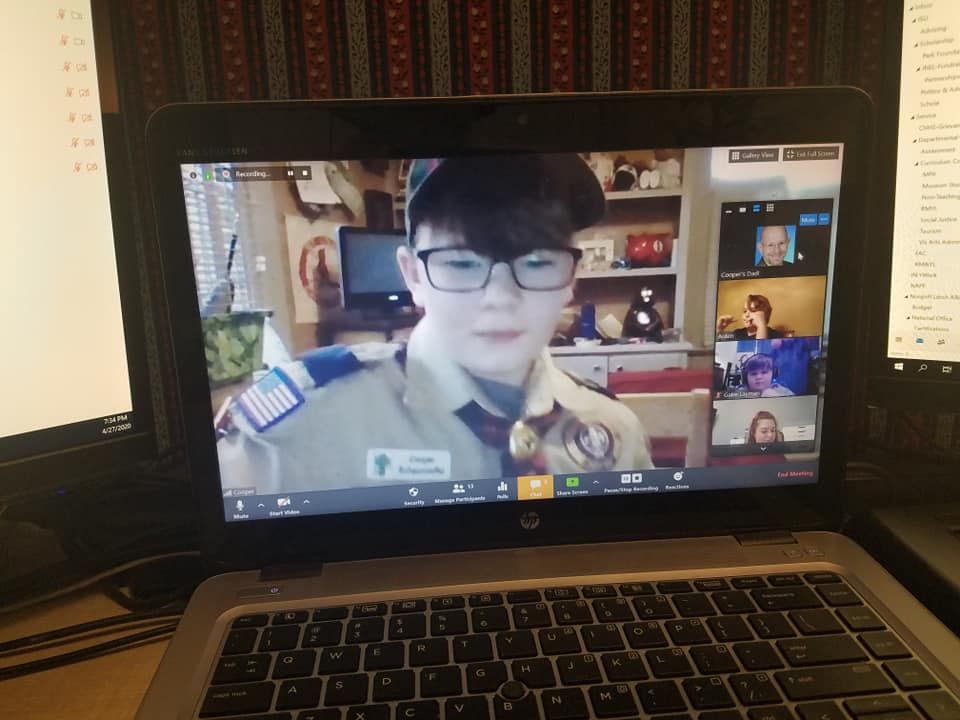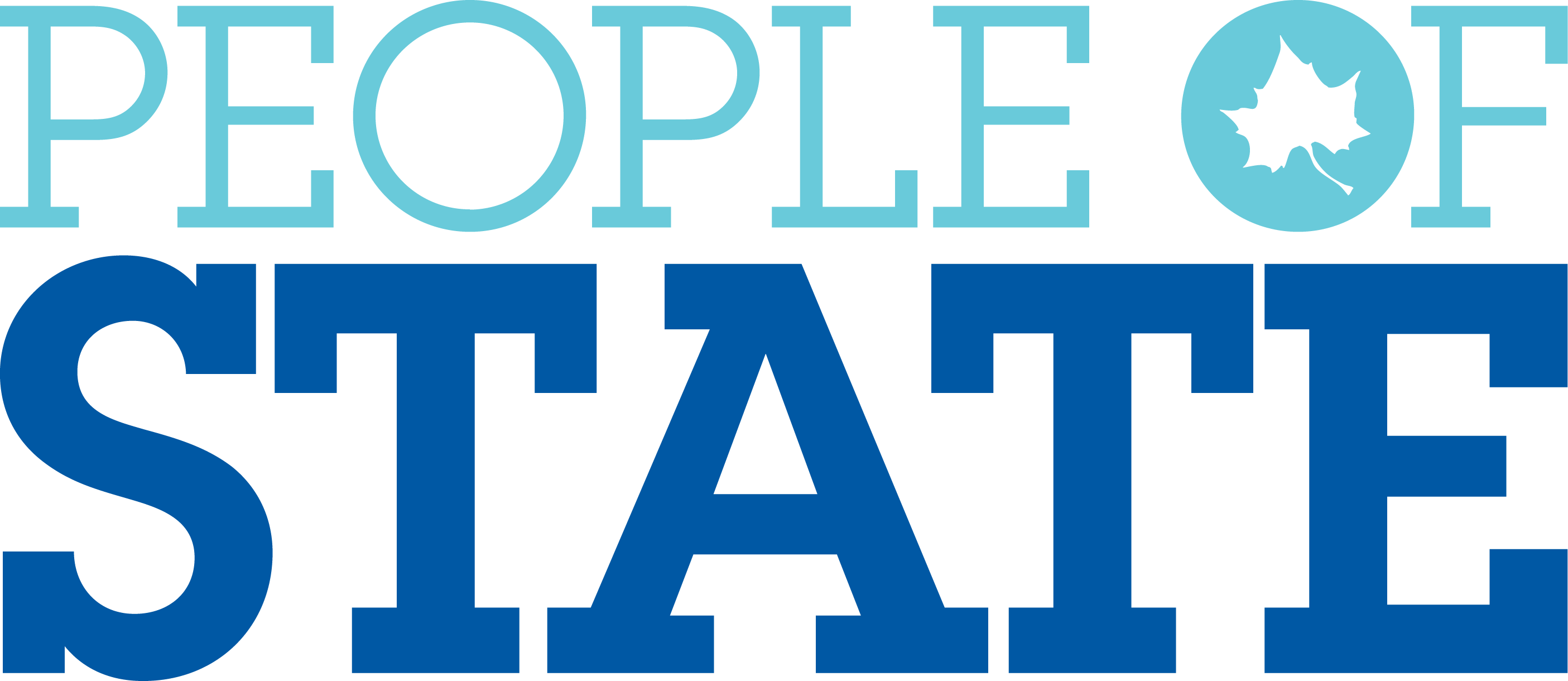
Virtual Cub Scouting
By Indiana State University
May 22, 2020
Strange times call for out of the box thinking, and that’s just what Nathan Schaumleffel did to support students in his Experience Management Cycle II course at Indiana State University. Dr. Schaumleffel and his students had to make an abrupt shift in light of the pandemic. This course teaches students how to develop and evaluate outcome-based out-of-school youth programs using recreation as a tool for youth development.
Schaumleffel planned for the students to continue the partnership he created last year with the Terre Haute Children’s Museum to develop science, technology, engineering and math programs for Cub Scouts in six counties until State’s classes went 100 percent virtual in March due to the coronavirus pandemic.
“That’s when I gave the students a choice as a class: they could have a cumulative final exam, write a final paper and do online modules or start over on our program planning and develop virtual Scouting programs for a handful of Scouts in the Terre Haute area,” said Schaumleffel, associate professor in the department of kinesiology, recreation, and sport and campus/executive director of State’s Nonprofit Leadership Alliance Certification Program. “The students skeptically, and somewhat reluctantly, decided to give the latter option a whirl because, like every nonprofit, recreation, and youth-serving organization in the country, they have to figure out how continue meeting needs of people served. Part of being a professional in putting aside your own personal issues and continue to provide services at the place you work, so that’s what they did running four virtual Scouting programs for Pack 17, chartered at St. Patrick’s School.”
When it was decided that the class would host virtual Scouting programs, sophomore Caitlin Blair was excited.
“My group overall was able to use the first part of our program, which was called “Super Science”. We did have to let go of our second portion of our program, mainly based on construction, and we as a group decided this was best because we had planned on using one of the museum’s exhibits which was mainly based on construction,” she said. “I was glad that we were able to salvage part of our program because it made the transition to doing a virtual program easier since we were able to take parts from our original plan and basically convert it to fit the virtual needs.”
Students needed to adapt some of the experiments to fit in the program.
“What we did was we had the Scouts perform some experiments prior to the meeting time so that we had enough time to focus and do some of the experiments during the virtual program and we also were able to send out a list of materials early to the Scouts participating in the Virtual Program, giving them enough time to gather the materials that they needed to do these experiments,” said Blair, a recreation therapy major from Paris, Ill.
“Overall, I think that this experience will help me in my future career by being familiar with using virtual programs in my job. There are times where people do use this type of format to not only lead programs, but also to lead meetings, and conferences, and for me and my group to lead a program using this same format is great practice in being familiar with doing things virtually. Plus it’s a great experience and practice to know what all goes into not only a normal program but being able to adapt it to a virtual program so you can still lead the program while meeting the needs of those participating in the program. I’m so glad that I was able to experience this and will be one of the highlights in my college career.”
Chase Hoesman, a sophomore recreation management and youth leadership major from Terre Haute, hopes the experience sets him up well for his internship at Walt Disney World in the fall.
“The aspects of putting on a face-to-face program to an online virtual meeting was very different but had similar qualities. We had to ensure participants were physically, mentally and emotionally safe. That was rule No. 1,” he said. “Our goal was also to make it fun. These kids had to have fun, despite the chaos of the outside world.”
Senior recreation management and youth leadership major Autumn Dixon, of Winchester, Ind., was skeptical at first and afraid that doing a program online was not going to get us to the outcomes that we wanted.
“But that couldn’t have been further from the truth. We had to think outside the box and we ended up finding very useful tools that allowed us to conduct a program that not only reached outcomes, but that we enjoyed leading, and that the children enjoyed participating in,” she said. “It was a great learning experience, and I can see myself taking the things I learned this semester in RCSM 225 with me in my future careers. I will now be more creative in my approach to creating programs, and I’m no longer skeptical of doing online programs. I am so thankful for this experience. Dr. Schaumleffel always tells us to be flexible and be ready to scramble, and that’s exactly what we had to do this semester.”
Students in the course included those with nonprofit leadership minors, recreation management and youth leadership majors and minors and recreation therapy majors.
“The entire class is about how to engineer experiences to measurably achieve mission-focused outcomes in youth-serving organizations, parks and recreation departments, state parks, YMCAs and nonprofit organizations,” Schaumleffel said.
A shift was made to virtual Scouting, where State students planned virtual den meetings for Cub Scouts in Pack 17 at St. Patrick’s School.
““The ISU students that led our virtual Cub Scout meeting were phenomenal. I was really impressed with how they presented Germs Alive!, an elective for our scouts,” said Jeff Malloy, den leader for Pack 17. “Using Zoom as their platform they incorporated a group discussion, featured videos to reinforce their lesson and conducted an experiment with our wolves. As the adult leader their presentation was extremely helpful as it allowed our Scouts to earn this elective which is critical for their advancement.”
“The virtual program was a great experience for learning how to run effective and fun programs through online resources. As we were planning for an in-person program we were told by Dr. Schaumleffel to be flexible in planning when bumps arise. Then, of course, we hit the ultimate, unexpected challenge and had to switch our planning from an in-person experience to a Zoom experience, a difficult decision because of its unknowns,” said Emily Rogers, senior recreation and sport management major from Cory, Ind. “In the end, this assignment allowed us to have a glimpse at what every organization is going through at this time, trying to still run programs and activities for their target group. There is no doubt that this allowed me to be better prepared for the career I want to pursue in the nonprofit sector.”
There was one program for each grade 1-4 and students worked in Google docs and met on Zoom to plan their programs. Their job was to function from the framework of a recreation manager, youth worker, nonprofit leader, community health administrator and community-based recreation therapist to make agency decisions about continuity of services while observing the stay-at-home order and social distancing guidelines of the CDC.
“We built the virtual programs around the traditional parts of a den meeting and used a lot of Scouting at Home resources and we integrated virtual tours,” Schaumleffel said. “Scouts made digital comic strips, and took virtual tours of the National Cartoon Art Museum and the International Comic Strip Museum in Belgium, so they met all of the requirements of their awards entirely virtually. One group did a space program module using online tools to teach astronomy using online tools and a virtual planetarium to teach about constellations allowing the Cub Scouts to finish their achievement.”
Even though Schaumleffel had never created virtual programming before this experience, he was able to connect his students with the resources they needed to be successful and to have a valuable learning experience.
“There are a lot of resources out there from places like the Scouting at Home initiative to online tours of museums, to live webcams at national parks. I was able to build out a resource folder on the course web site to guide the students,” he said. “This allowed us to get online and do what nonprofit organizations and park and recreation agencies are doing in the real world at this time. I’m really proud of the students for hanging in there and trying the virtual Scouting program. It was a real challenge as the students adjusted to campus changes with the pandemic.”

